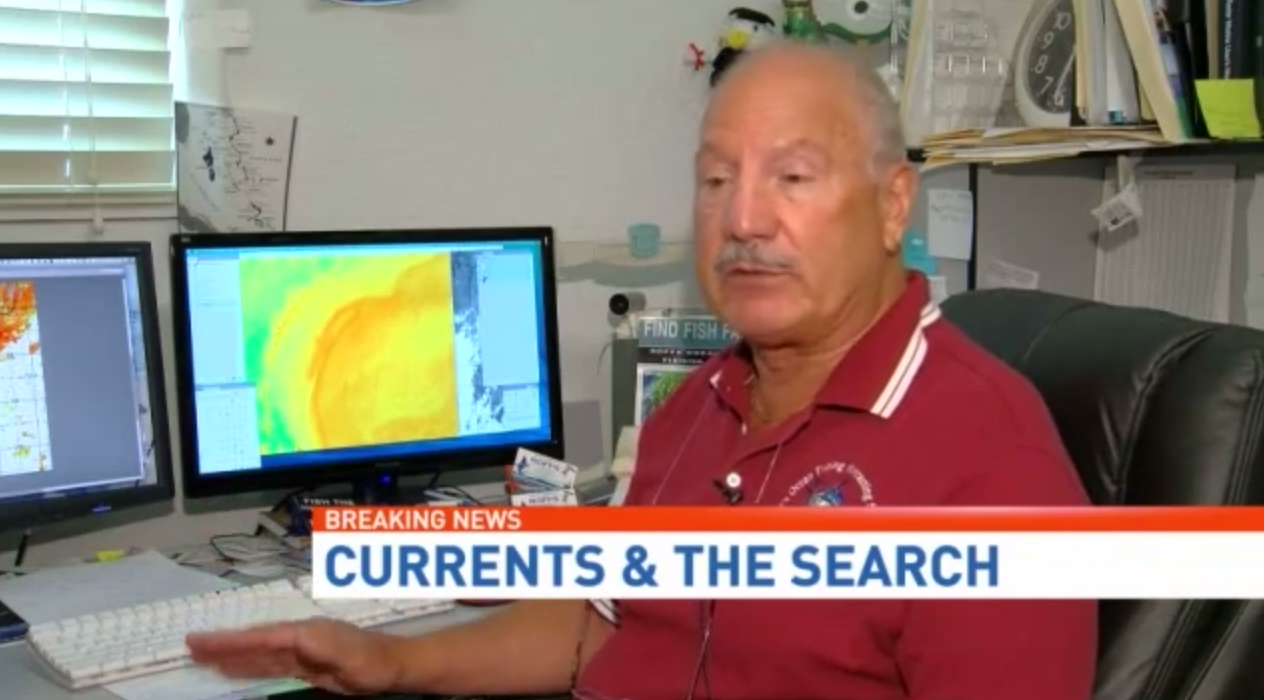Article by: Cory Pippin | CBS 12 | Originally published July 31, 2015 | Please click here for original article/video.
One week has passed since Austin and Perry were last seen and the search continues.
The question is: do the ocean currents hold the key to the teens’ discovery?
Oceanographer Mitchell Roffer believes the Gulf Stream, which he monitors, holds clues.
He believes the teens were caught in the current after their boat was swept up by a storm.
“The Gulf Stream could literally be like a lake, like it has been the last couple of weeks, to six or 8 foot seas in a matter of 30 seconds,” said Roffer.
Roffer’s business usually uses ocean data to help boaters find the best fishing spots.
But since Austin and Perry disappeared, he has been dedicated to helping private boaters and pilots know where to look.
“What we’ve done is outline the edge of the Gulf Stream. We’ve colored the satellite image. Normally, it’s black and white. We’ve also put arrows indicating the flow of the water,” Roffer said, “It shows just how close the core of the Gulf Stream is, seen in darker red, to the coast.”
He says on their path through the stream, Austin and Perry may have been swept into an eddy – a large circular body of water – near Jacksonville and carried north.
However, he says it could have also pushed them south until they met the Gulf Stream again.
“People have dropped ocean buoys in the past. They found out that some buoys, when they go up the coast and interact with an eddy, it brings them back to the west and go back down to Cape Canaveral,” said Roffer.
Roffer said the situation just highlights the need for better oceanographic mapping.
He continues to update the latest conditions of the Gulf Stream to try and assist in the search.






